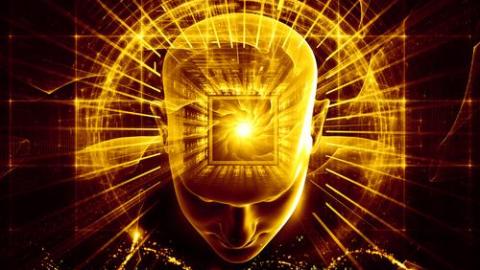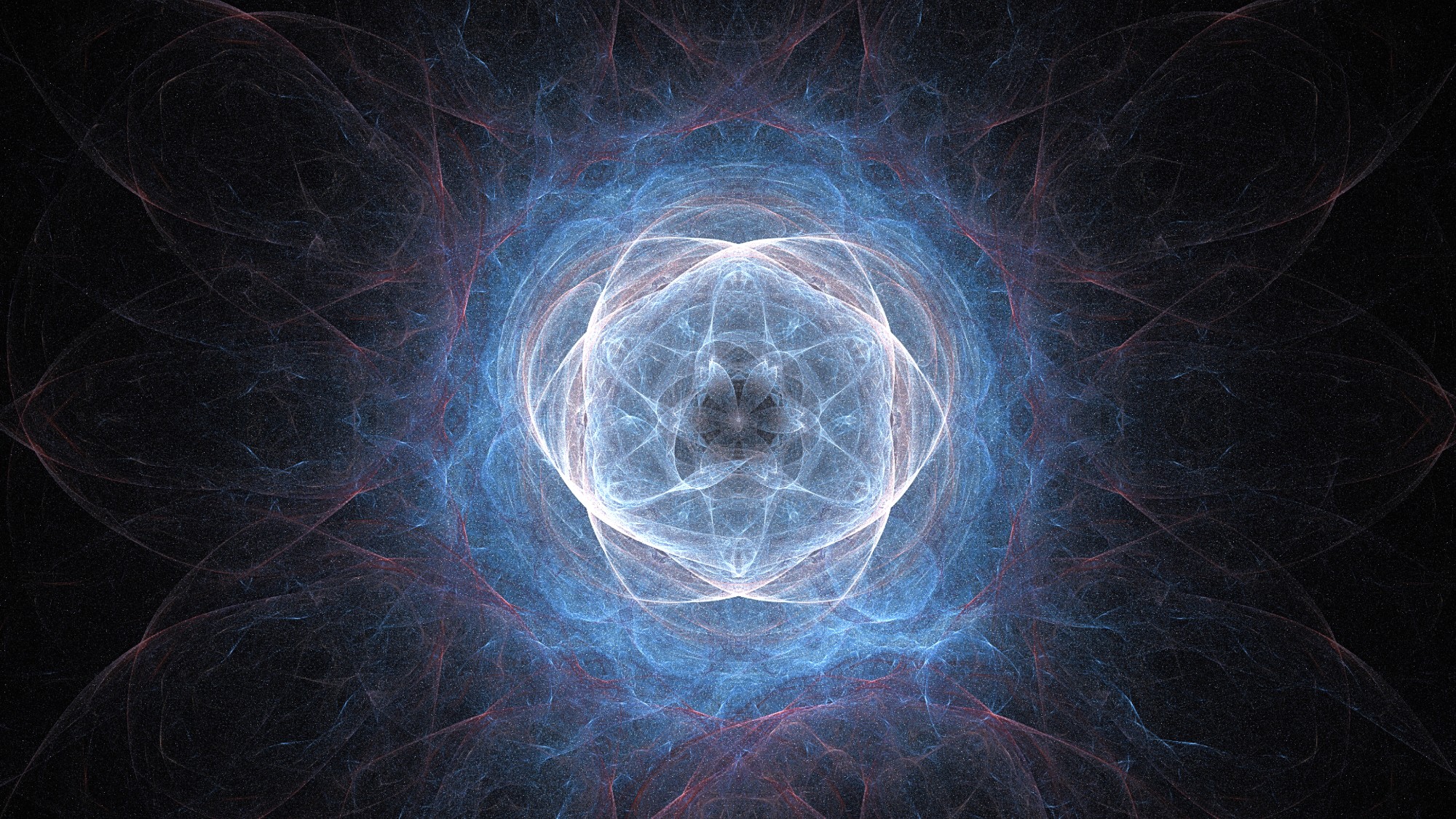Why True AI Sits on a Far Distant Shore

What’s the Latest Development?
In his new book, How to Create a Mind, engineer and futurist Ray Kurzweil puts forth a theory of the brain that is meant to demonstrate how engineers could build a computer that would mimic the mind closely enough to achieve consciousness. The key, says Kurzweil, is pattern recognition. If a computer can be made to recognize patterns—from letters that make words to faces in the clouds—it would be, in essence, a human mind. Kurzweil’s detractors argue that his understanding of cognition is far too simplistic. Patter recognition applies to perception but not to abstract thought, which is far different and much more complex.
What’s the Big Idea?
Beyond the specifics of Kurzweil’s theory are the words used to describe it. He is certainly not alone in his description of neurons as things that “send signals”, which allow the brain to “process information”. Sending and processing, however, are activities done by conscious minds. The brain, strictly speaking, engages in certain chemical and electrical activities that are causally connected to genuine informational activities (these are taken up by the mind). Metaphors for how the brain works are too often presented as knowledge about the brain itself. Presently, our understanding of the brain remains theoretical.
Photo credit: Shutterstock.com
Read it at the New York Review of Books





